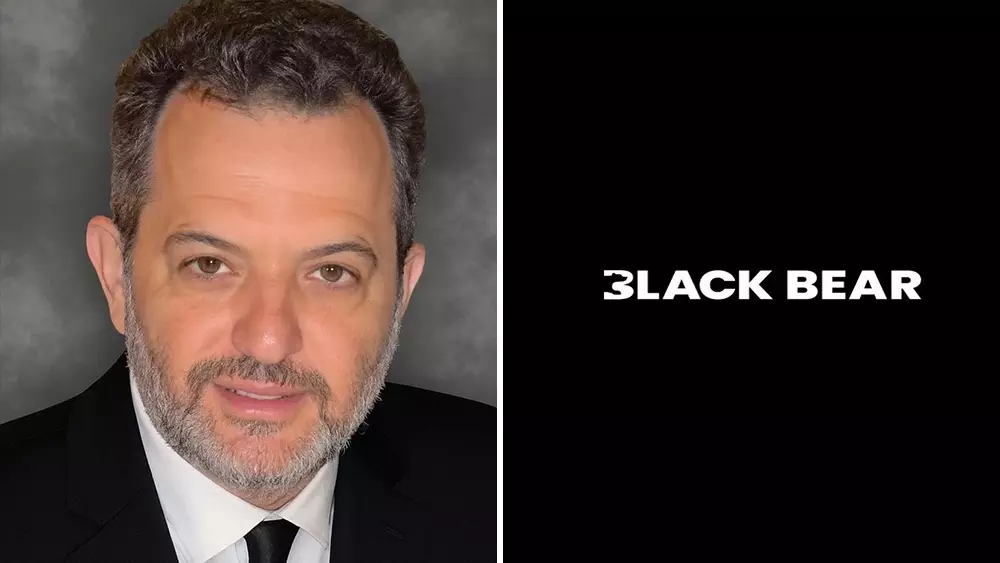In an era where streaming services dominate the entertainment landscape, Black Bear’s decision to jump into theatrical distribution signals a confident bid to redefine its position within the industry. This move is inherently ambitious—aiming to secure a foothold in a sector long overshadowed by giants like Warner Bros. and Universal. To succeed, the company is deploying a well-placed veteran, David Spitz, known for his impeccable track record with Lionsgate. The choice to appoint such a seasoned executive underscores Black Bear’s determination to carve out a notable presence in theaters. Yet, this innovation also exposes the company’s audacious approach, as they confront a marketplace where audiences are increasingly hesitant to buy into traditional theatrical releases, especially for smaller, filmmaker-driven titles.
While the strategic intent is clear, the gamble hinges on the assumption that audiences will respond positively to Black Bear’s curated slate of up to 12 films annually. These films are expected to include a mix of action, genre, and auteur-driven works—a strategy designed to attract diverse crowd segments and maximize box office potential. This underscores an understanding that quality content alone isn’t enough; effective release tactics, robust exhibitor relationships, and niche marketing are paramount. Black Bear’s plan also benefits from international infrastructure, with their established UK, Ireland, and Canadian operations, allowing for a more integrated global release strategy. Still, the difficulty lies not in the logistics but in the willingness of modern audiences to embrace theatrical experiences over streaming alternatives.
The Implications of a Risky Expansion in a Shifting Industry
Black Bear’s move can be viewed as a response to the ongoing evolution of film distribution. Instead of watching passive as streaming continues to erode theatrical attendance, the company is daring to reclaim a segment of the traditional window. It signals a desire to offer a premium, immersive experience—an arena where studios once thrived. The appointment of Spitz—a figure with over 18 years at Lionsgate and a portfolio boasting some of the industry’s most profitable hits—reflects an understanding that success in theatrical distribution isn’t solely about releasing films but about strategic positioning, timing, and knowing how to rally both filmmakers and exhibitors behind a shared vision.
However, this calculated risk invites scrutiny: can a mid-tier company like Black Bear effectively compete in a market dominated by sleepier giants with vast resources? The landscape favors established conglomerates with their own distribution networks. Moreover, the industry’s recent decline in theatrical revenue raises questions about whether moviegoers are willing to return in sufficient numbers to make this venture financially sustainable. Film enthusiasts are more fragmented than ever, heavily influenced by their personal preferences and convenience. For Black Bear, success hinges on their ability to leverage Spitz’s industry relationships, cultivate excitement around their titles, and perhaps most critically, craft cinematic events that can draw viewers back to the multiplex.
A Center-Right Perspective: Market Dynamics and Industry Strategy
From a center-right liberal standpoint, this expansion can be interpreted as a market-driven effort rooted in competition and innovation. Instead of capitulating to the dominance of large studios and streaming platforms, Black Bear’s move exemplifies entrepreneurial resilience—challenging monopolized distribution channels through strategic diversification. It’s a proactive stance that emphasizes the importance of a healthy, competitive film industry, where smaller companies can foster creative risk-taking and provide audiences with diverse options.
This approach also underscores the importance of supporting independent and middle-market films, which often fall by the wayside amid corporate consolidation. By establishing their own theatrical division, Black Bear aims to bolster the ecosystem that champions innovative storytelling outside of franchise reliance. Yet, it’s essential to recognize that their success requires more than just access; it demands effective marketing, audience engagement, and an understanding of shifting cultural trends. A too-narrow focus on genre and filmmaker-driven productions could limit their reach. To truly thrive, they need to strike a balance between commercial appeal and artistic integrity—an endeavor that requires careful navigation of industry economics and consumer psychology.
In essence, Black Bear’s bold leap into theatrical distribution is less about merely competing with major studios and more about fostering a dynamic, diverse cinematic landscape. However, whether their strategy can withstand the economic realities of modern filmgoing remains to be seen. Failing to adapt quickly to audience preferences or overestimating the appeal of their curated slate could turn this gamble into a costly misstep. Ultimately, their challenge is to prove that even in an industry favoring scale, innovation and resilience can carve out a profitable niche—if they play their cards right.

